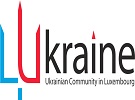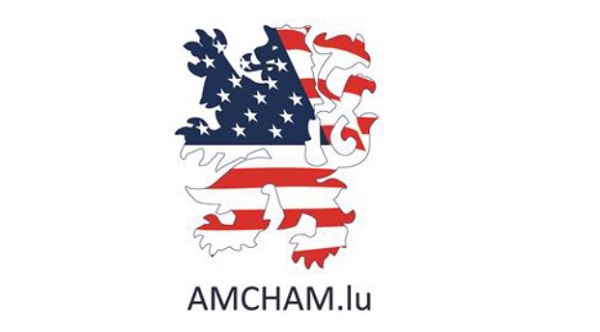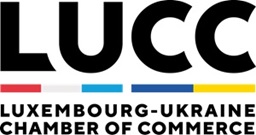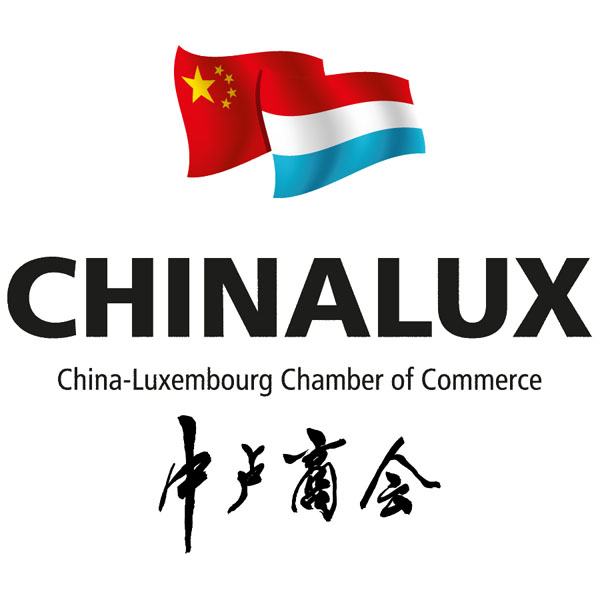 The Family of Man photography exhibit at Clervaux Castle;
Credit: Ali Sahib, Chronicle.lu
The Family of Man photography exhibit at Clervaux Castle;
Credit: Ali Sahib, Chronicle.lu
Luxembourg boasts a wide variety of museums and art galleries which tell the story of the country’s rich history and its thousand-year transformation from a medieval fortress and agrarian society into a steel manufacturing powerhouse in the 19th and early 20th centuries, before evolving into the global financial centre we know today.
Yet, the story of the Grand Duchy is not limited to the capital city, and this is reflected in the wide range of museums and galleries which exist across the country, from Weiswampach in the north to Rumelange in the south, offering unique perspectives into Luxembourg’s military, industrial, cultural and rural histories.
History in the City
Luxembourg City’s vibrant museums play a key role in the preservation and promotion of both the country’s and the capital city’s cultural and historical heritage. The Lëtzebuerg City Museum allows visitors to explore the city’s architectural, social and political transformations. At the Musée Dräi Eechelen, one can trace the story of the city’s military history through collections of artefacts and documents which reveal Luxembourg’s strategic significance and the resilience that shaped its path to independence and at the Musée National d'Histoire Naturelle visitors can learn about the country’s dedication to protecting nature and the environment. For those who prefer more niche subjects there is the Musée des Tramways et de Bus, celebrating the country’s public transport, the Bank Museum, which traces Luxembourg’s financial development and the Muerbelsmillen which tells the story of Luxembourg’s historic mustard production.
The history of Luxembourg can also be followed through its art, with the city boasting a number of high-quality collections on display at Villa Vauban, the Musée National d'Histoire et d'Art and the Musée d'Art Moderne Grand-Duc Jean. Works range from 17th to 19th century European art to modern day contemporary works encompassing sculpture, photography, video and design.
Rural Museums
Outside of the capital, the country’s rich rural history can be discovered in every corner of the Grand Duchy. In the north, one can explore the vital part Luxembourg’s northern towns and villages played in World War II at the Museum of the Battle of the Bulge in Wiltz, the General Patton Memorial Museum in Ettelbruck and the Musée de la Bataille et des Châteaux in Clervaux. The agricultural histories of northern towns Weiswampach and Rosport can be uncovered at the Musée Rural Binsfeld and Tudor Museum. Culturally, Clervaux boasts the UNESCO-recognised The Family of Man photography exhibit, located in Clervaux Castle.
In the south and west, one can investigate the impact of Luxembourg’s historical steel industry at the Schmelzaarbeschter Musée in Schifflange, located on the former site of the ARBED-steelworks, the subterranean tunnels of the Mining Museum in Rumelange and the open-air museum and trains of Minett Park Fond-de-Gras near Niederkorn.
The east of the country the European Museum in Schengen is dedicated to Luxembourg’s vital place in the history of the European Union. The Musée A Possen in Bech-Kleinmacher and the Wine Museum in Ehnen highlight the history and traditions of the Grand Duchy’s wine industry, while the Printing Museum in Grevenmacher delves into the history of book printing from ancient times.
Other notable museums across the country include the Musée de la Caricature et du Cartoon and the Musée Littéraire Victor Hugo, both located in Vianden, the National Museum for Historic Vehicles in Diekirch, the Musée de l'Aviation Luxembourgeoise in Mondorf and the Old Cloth Factory in Esch-sur-Sûre and the Textile Museum in Larochette, with both celebrating Luxembourg’s historic textile industry.
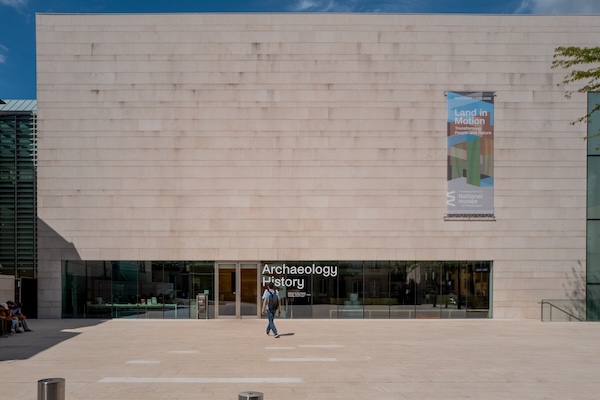
Musée National d'Histoire et d'Art in Luxembourg-Ville
Credit: Ali Sahib, Chronicle.lu




